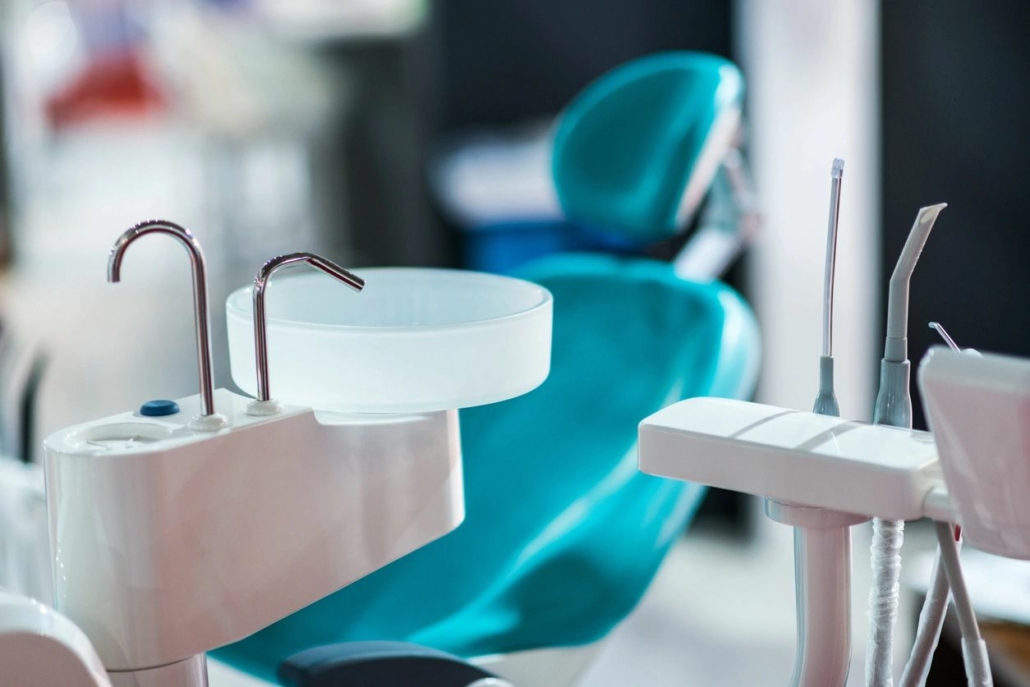FOR YOUR HEALTH: Christmas Dreams Come Early For Wife Of Work-Life Balance Expert
 (NAPSI)—It could be said that everything Troy Amdahl learned to love he learned in kindergarten. No kidding. He met Kristen, his wife of 29 years, at age five, remained friends, took her to the senior prom, married and raised four children.
(NAPSI)—It could be said that everything Troy Amdahl learned to love he learned in kindergarten. No kidding. He met Kristen, his wife of 29 years, at age five, remained friends, took her to the senior prom, married and raised four children.
Recently, Amdahl had a post on his Facebook page go virile for an act of kindness for his wife that he never, in his wildest dreams, could have imagined.
Amdahl, along with Dave Braun, is one of the OolaGuys, and has co-authored several international bestselling Oola books on finding the proper work-life balance. With a simple message, “Live the life you deserve,” they recently published their newest collaboration, “Oola for Christians: Find Balance and Grow.”
A self-avowed “Christmas curmudgeon,” for decades Amdahl approached the holiday season with a debate: when to put up the Christmas tree. Kristen, on the other hand, loves Christmas and everything about it—decorating the house, gatherings with their large family, making homemade gifts, the Hallmark movies and, most importantly, the meaning of the season. Yet, through it all, Troy tried to rein in the holiday cheer.
For all of Amdahl’s lessons as the Oola guy, he was about to walk the talk.
The couple had recently moved out of their home while renovations were being completed. That’s when the idea hit him. He thought about how he wanted to try to give back some of the joy and happiness to this woman who has been by his side for his whole life.
Unbeknownst to Kristen, Amdahl put a call in to their decorators to fully decorate two stunning trees: one “blank canvas” for the many family ornaments the kids had made over the years, and another Pinterest-worthy tree to surprise his wife as she walked in the door.
He never expected the response he got when they returned to their home on Halloween. Their son was there to capture the magical moment when his mom saw the first tree and cried tears of joy. When she saw the “other” tree, she lost it. Jumping up and down and crying.
“Why did I put these restrictions around when, what and how,” mused Amdahl, “when enjoying Christmas early gave my wife such joy?”
“Love well the people who love and support you,” Amdahl says. “Invest in their dreams, even if they are different from your own.” By his wife’s reaction, he continues, “My only disappointment is that I didn’t do this years ago. Heck, if it makes someone I love this much this happy, it can stay up all year as far as I’m concerned.”
You can purchase “Oola for Christians: Find Balance and Grow” at https://amzn.to/2K3sbMx.
- BookBites is a continuing series bringing readers information and ideas for their next read. For more reading ideas, visit BookTrib.com and subscribe to the weekly newsletter.



 (NAPSI)—“Will it hurt?” is often one of the first questions people ask when told they need a medical procedure.
(NAPSI)—“Will it hurt?” is often one of the first questions people ask when told they need a medical procedure. (NAPSI)—If you’re eating meat on a daily basis, it appears you may be in the minority—according to new research. A survey of 2,000 Americans examined respondents’ eating habits and found that less than half (47 percent) said meat is a major part of their diet.
(NAPSI)—If you’re eating meat on a daily basis, it appears you may be in the minority—according to new research. A survey of 2,000 Americans examined respondents’ eating habits and found that less than half (47 percent) said meat is a major part of their diet. (NAPSI)—ADHD is a neurodevelopmental disorder defined by impairing levels of inattention, disorganization, and/or hyperactivity-impulsivity. For people with ADHD, these behaviors are more severe, occur more often, and interfere with or reduce the quality of how they function socially, at school, or in a job.
(NAPSI)—ADHD is a neurodevelopmental disorder defined by impairing levels of inattention, disorganization, and/or hyperactivity-impulsivity. For people with ADHD, these behaviors are more severe, occur more often, and interfere with or reduce the quality of how they function socially, at school, or in a job. (NAPSI)—Medicare’s Annual Enrollment Period runs from October 15 to December 7, 2019. This is your yearly chance to shop for insurance coverage that best meets your needs. People covered by Medicare will have even more plans with a host of new benefits to choose from for 2020.
(NAPSI)—Medicare’s Annual Enrollment Period runs from October 15 to December 7, 2019. This is your yearly chance to shop for insurance coverage that best meets your needs. People covered by Medicare will have even more plans with a host of new benefits to choose from for 2020. (NAPSI)—It’s important to evaluate your Medicare Prescription Drug Plan every year. Your plan benefits can change, including your prescription drug coverage, premiums, deductibles and pharmacy benefits. As you do your research, you may run into a few misconceptions. Walgreens vice president of specialty and retail pharmacy operations Rina Shah debunks five common myths about Medicare Part D.
(NAPSI)—It’s important to evaluate your Medicare Prescription Drug Plan every year. Your plan benefits can change, including your prescription drug coverage, premiums, deductibles and pharmacy benefits. As you do your research, you may run into a few misconceptions. Walgreens vice president of specialty and retail pharmacy operations Rina Shah debunks five common myths about Medicare Part D. (NAPSI)—According to the American Cancer Society, about one in nine American men will be diagnosed with prostate cancer. A leading cause of cancer in men, more than 173,000 new diagnoses are expected in the U.S. this year. Fortunately, this disease can be treated successfully, especially if caught early.
(NAPSI)—According to the American Cancer Society, about one in nine American men will be diagnosed with prostate cancer. A leading cause of cancer in men, more than 173,000 new diagnoses are expected in the U.S. this year. Fortunately, this disease can be treated successfully, especially if caught early. (NAPSI)—From blueberry pies with flaky buttery crusts to grilled buttered corn on the cob, summer is filled with delicious foods that bring people together. Now summertime eating is getting a makeover by swapping that pat, dab or dollop of regular dairy butter with dairy-free Plant Butter.
(NAPSI)—From blueberry pies with flaky buttery crusts to grilled buttered corn on the cob, summer is filled with delicious foods that bring people together. Now summertime eating is getting a makeover by swapping that pat, dab or dollop of regular dairy butter with dairy-free Plant Butter.